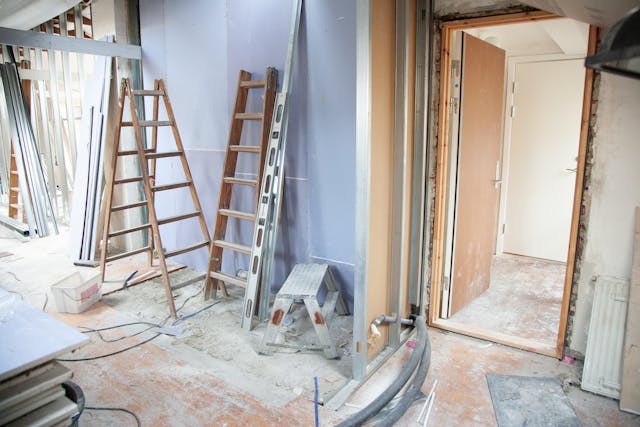
Home remodeling can breathe life into your home, not only making it more practical but also more stunning. But the excitement of remodeling your home can quickly spiral out of control if you are not careful. Getting carried away with grand ideas is simple, but being practical with finances allows you to do what you desire without breaking the bank. Whether you are going for a minor update or a full-scale remodeling, sticking to a strategic plan can ensure that your costs remain under control. Here are some intelligent tips for remodeling your home without breaking the bank.
Create a Realistic Budget
Setting a realistic budget is the first and foremost step before taking on any home remodeling project. This ensures that you know what you can afford to pay and avoid making impulse purchases that can quickly spiral out of hand. Split your budget into sections such as materials, labor, permits, and contingencies. Leave some room for a contingency fund in the event of an unexpected outcome. Budget most urgently and split accordingly. With a sense of your financial limitations, you will be able to make the right decisions and stay within the project without overspending.
DIY Where Possible
One of the biggest cost savers in remodeling is performing some of the work yourself. Many small jobs, such as painting walls, installing light fixtures, or landscaping, can be done without calling in a professional. Not only does this cut down on labor costs, but it gives a sense of satisfaction. But do know your limits—don’t attempt jobs that require special knowledge, like electrical or plumbing. For more complex aspects of the remodel, it’s preferable to call upon the services of professionals in a bid to evade costly mistakes. For a whole house remodel in San Diego, or your area, small DIY tasks can have a significant impact on saving money.
Repurpose and Reuse Existing Materials
Rather than purchasing all new, consider reusing or repurposing what you have. For instance, if you are remodeling a kitchen, you could refinish your existing cabinets instead of getting new ones. A fresh coat of paint or new hardware could be all it takes to give old items the appearance of being brand new. Salvaging materials, like reclaimed wood or vintage tiles, can add character and style to your home at a fraction of the cost of new materials. This approach not only saves money but also gives your remodel a unique, personalized touch.
Focus on Key Areas
When working with a tight budget, it’s essential to focus on the areas of the home that will provide the most value. For example, the bathrooms and kitchens are the busiest rooms in a home and can have the capability to affect the overall look of your home. Renovating them first will give you the highest returns without draining your money. Focusing efforts on the main rooms means that you’re not watering down your resources to make the whole house look good. Though you might dream of a complete remodel, focusing on the most essential areas can keep you within your means.
Obtain Multiple Estimates and Negotiate
When contracting professionals, always request multiple estimates so you can compare costs. You need to shop around to get a good price for the job you require. Remember that the cheapest option is not always the best; look for contractors who offer a balance of price and quality. It’s okay to haggle prices, especially if you have several quotes to back up your argument. Maintaining open communication with your contractors and setting your budget early can make it possible that the final payment will be within your budget.
Be Flexible and Be Ready for Changes
Renovations never seem to go as planned. Hidden issues, such as hidden damage or supply chain issues, can cause delays or additional costs. Prevent stress and cost overruns by being adaptable and open to adjusting when needed. Having a contingency fund to pay for these unexpected costs is beneficial, but it’s also wise to remain open to altering your design or materials to stay within your budget. Occasionally, a small compromise can pay big dividends in keeping your project within budget.
Conclusion
Renovating your home need not cost an arm and a leg. With a realistic budget, prioritization of the important things, and cost-cutting techniques such as DIY and repurposing, you can get a stunning transformation without breaking the bank. Make sure to thoroughly screen contractors, identify the absolute necessities, and be flexible if changes occur. Whether it is a small renovation or a full house remodeling in San Diego, careful planning and wise choices will help you stay on track financially. A thoughtful and planned approach ensures that you get maximum value for your renovation without breaking the bank.


